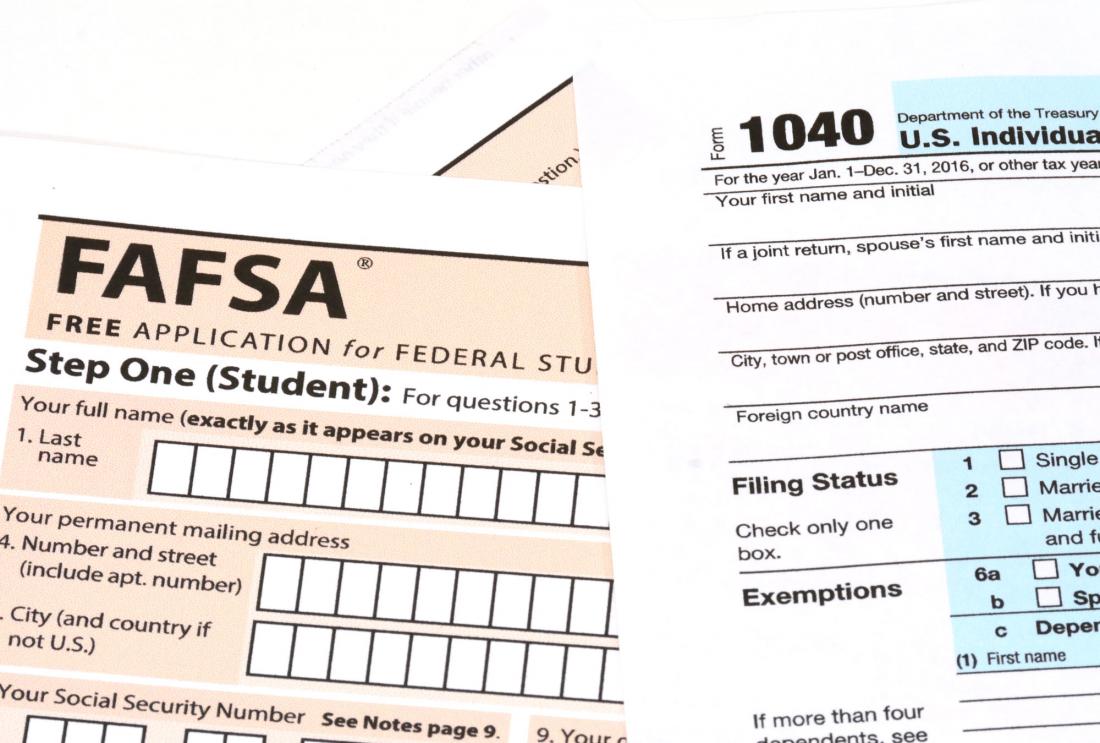The (Null) Impact of Tax Credit Information on College Enrollment in Texas
- Students
- Enrollment and attendance
- Information
- Nudges and reminders
Evidence suggests that informational and behavioral “nudges” which help individuals overcome procrastination or inattention can affect educational attainment, college enrollment, and student achievement. Researchers conducted a randomized evaluation to test the impact of a large, information-only intervention about tax credits and financial aid for college on college application and enrollment. Information about tax credits did not influence reenrollment, reapplication, or enrollment, even for students who had viewed the informational emails about tax credits for college.
Problema de política pública
There is a growing body of research that demonstrates the effectiveness of information provision in changing behavior. In education, evidence suggests that informational and behavioral “nudges” which help individuals overcome procrastination or inattention can affect educational attainment, college enrollment, and student achievement. However, most previous studies test the impact of a package of treatments, so less is known about whether information components of a program drive improvements in educational outcomes. When provided as a stand-alone treatment, what is the impact of information on college enrollment? Does providing information about tax credits for college increase college enrollment?
Contexto de la evaluación
In the United States in 2013, total expenditure on tax credits for college was US$31.8 billion. At the time of this study, there were four tax benefits available for college students in the United States: the American Opportunity Tax Credit (AOTC), the Earned Income Tax Credit (EITC), deduction of tuition and fees for taxpayers, and dependent exemption for full-time students over the age of nineteen.
Established in 1965, the Texas Higher Education Coordination Board (THECB) coordinates the higher education system in Texas.1 Using administrative data and THECB’s online portal, ApplyTexas.org, which allows students to apply to any public university or participating community or private college in Texas, researchers gathered information about three types of students: those who are enrolled, have applied, or have applied but not enrolled in college.
Across all three groups, almost half of the students were male, 11–18 percent had fathers with a bachelor’s degree, and 12–19 percent had household incomes of less than US$40,000.

Detalles de la intervención
Researchers conducted a randomized evaluation to test the impact of a large, information-only intervention about tax credits on college application and enrollment. Researchers identified three categories of students on the THECB online portal:
• Reenroll Group: Students enrolled in college during the 2013 calendar year;
• Reapply Group: Students who applied to college between Fall 2011 and Spring 2013 but chose not to enroll;
• Enroll Group: High school seniors graduating in 2014 who had applied to college.
Students in each category were randomly assigned to either the comparison group or to receive emails that varied in content about tax credits. Some students received information about the costs or benefits of college attendance, while others received different levels of information about tax credits for college. Additionally, some students in the enroll group also received information about the Free Application for Federal Student Aid (FAFSA). The sample consisted of over 1 million students who used the ApplyTexas portal from Fall 2011 to Fall 2014.
| Category | # in sample | Information intervention | Outcome of interest |
| Reenroll | 434,887 | Emails sent 1/17/14 and 3/25/14 | Reenrollment in Fall 2014 |
| Reapply | 526,614 | Emails sent 11/6/13 and 7/16/14 | Reapplication in Spring/Fall 2014 |
| Enroll | 80,802 | Emails sent 2/18/14 (FAFSA), 4/1/14, 6/1/14, and 7/16/14 | College enrollment in Fall 2014 |
Resultados y lecciones de la política pública
Receiving an email about tax credits did not influence reenrollment, reapplication, or enrollment. Students who opened the emails were no more likely to reenroll, reapply, or enroll.
Reenroll Group: Students who received the tax credit emails did not change their levels of reenrollment in Fall 2014 compared to students who did not receive emails. This holds even when accounting for students who transitioned from community college to four-year colleges.
Reapply Group: Students who received an email did not increase levels of reapplying to college.
Enroll Group: High school students who received emails did not have different rates of college enrollment in Fall 2014 compared to students in the comparison group who did not receive emails. Varying the messaging and including information about FAFSA similarly had no effect on college enrollment.
These findings suggest that information alone may not be sufficient to change student behavior. The authors offer several suggestions to explain the lack of impact on application and enrollment. First, there is a delay of about 5-12 months between enrolling and receiving funds, which suggests that tax credits may not be well suited to ease credit constraints when tuition is due. Additionally, the value of tax credits only becomes salient when filing taxes which occur months after application or enrollment deadlines.
